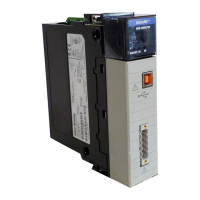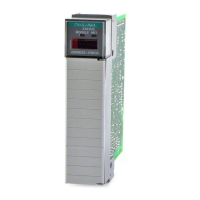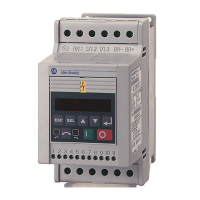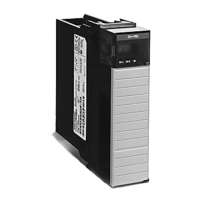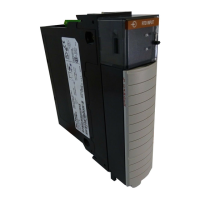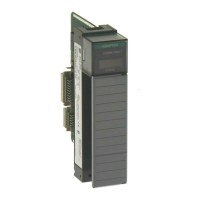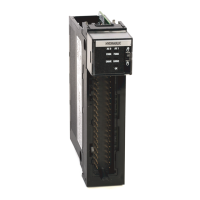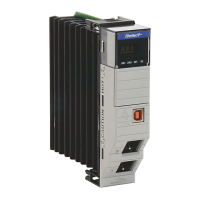3–16 Configuring Through DeviceNet Manager Software
Publication
1756–6.5.15 – July 1998
Data type Designates
Input image Locations within your image table to which the
selected device’s data is mapped
Output Image Where data destined for the selected device resides
in your image table’s memory
4. From the appropriate drop list, depending upon what you selected
in the above step, select the appropriate region to which you want
to begin mapping the selected device’s input and/or output data.
5. Enter the appropriate word within the region where the data
begins in the Start Word edit box.
6. Click on the radio button next to the desired mapping method.
This mapping method Maps
Node order Your devices according to their node
address (lowest to highest address)
Size order Your devices according to the size of
their I/O data (largest to smallest)
Byte Align All All data on byte boundaries in
incrementing node address order
Word Align All All data on word boundaries in
incrementing node address order
32–bit Align All All data on 32–bit word boundaries in
incrementing node address order
7. To map the selected device’s data, choose Map.
You return to the Scan List Editor screen.
The Data Table Map screen facilitates customized data mapping.
You can specify exact memory locations and data sizes (in bits) for
your I/O data communication. In addition, it provides a useful
browsing tool for scan list data table-map viewing.
For information about See page
Using the data table map for
custom editing
3–17
Mapping specific bits to specific device
memory locations
3–19
There are three symbols that may be displayed in the data table map:
This symbol Means
X
Duplicate mapping condition. This will occur if you map more than one bit
to the same bit location, mapping one on top of the other.
. Unmapped bit
5 (or another
numeral)
the node address of the device
About the Data Table Map
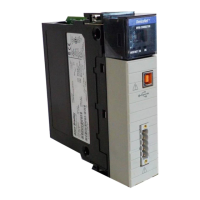
